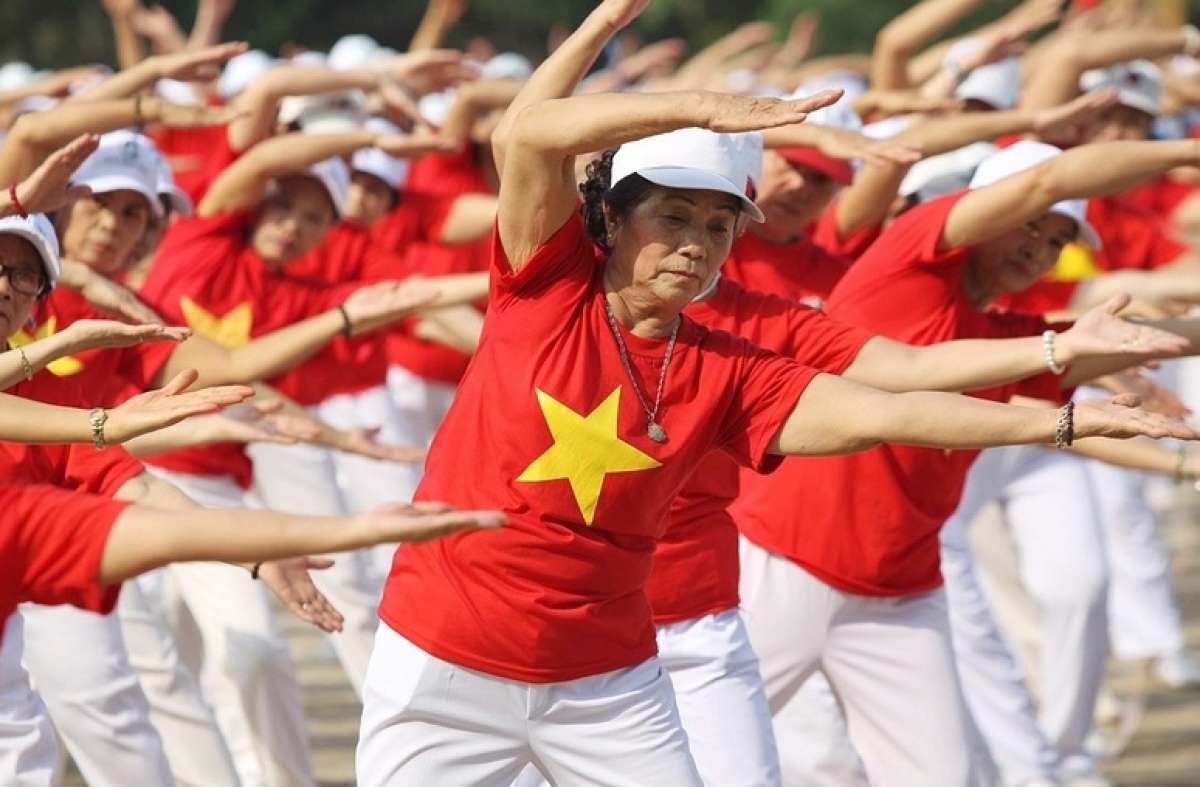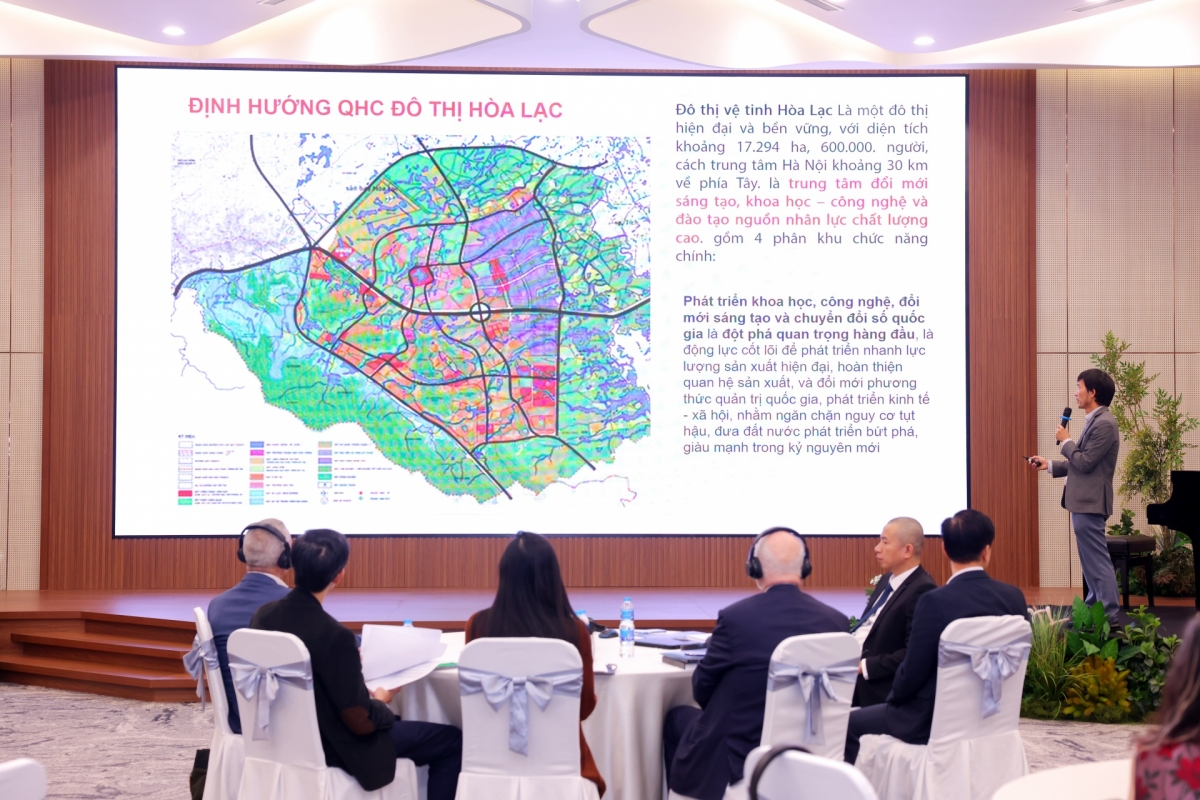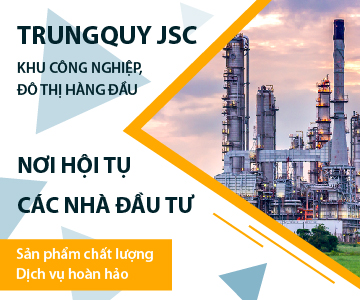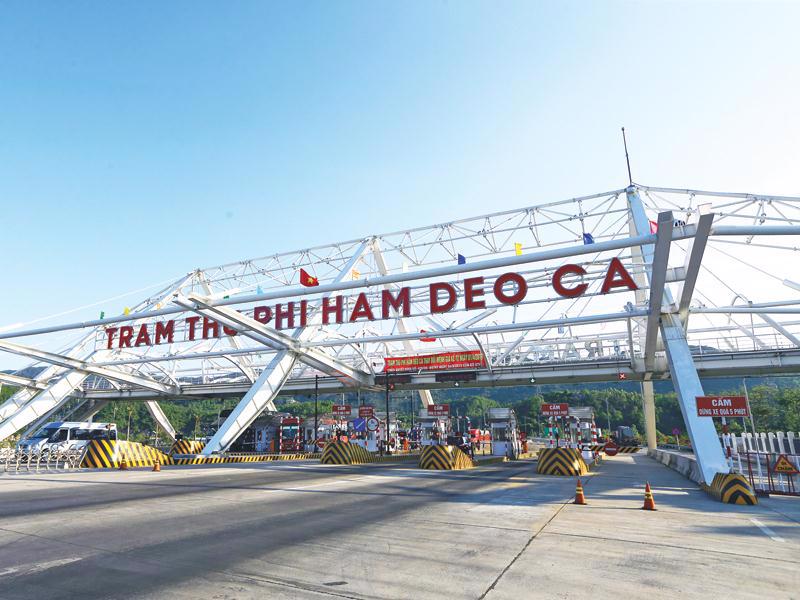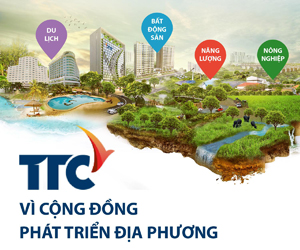INTERNATIONAL INVESTMENT
AND PORTAL
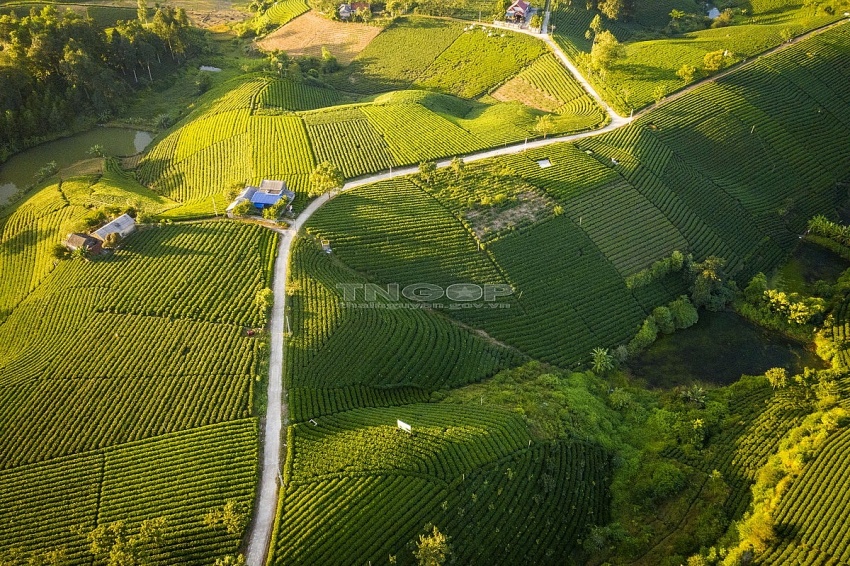 A tea plantation in Thai Nguyen. Source: Thai Nguyen Portal
A tea plantation in Thai Nguyen. Source: Thai Nguyen Portal
Amid global and domestic economic uncertainties, Thai Nguyen achieved good results in the first half of 2025. Regional GDP rose 6.61 per cent, higher than the national average, a solid foundation for the province’s goal of achieving double-digit growth in the final year of the 2020-2025 term.
In Q2, the province collected VND13-13.4 trillion ($520-536 million) in budget revenue, a 50 per cent increase on-year, reflecting strong momentum in production and business activities, along with robust growth in domestic revenue. By the end of July 2025, public investment disbursement had reached VND5.92 trillion ($237 million), equivalent to 65.8 per cent of the yearly plan, exceeding the national average, demonstrating strong determination in public capital management and governance.
In 2024, Thai Nguyen recorded a regional GDP growth rate of 6.5 per cent, industrial production increased by around 8 per cent, and total budget revenue reached VND20.4 trillion ($816 million), exceeding the plan by 4.6 per cent, marking the highest ever revenue for the province and placing it among the top 10 highest-revenue provinces in northern Vietnam.
Tackling bottlenecks, laying the groundwork for growthThe province is improving its investment climate to raise its provincial competitiveness index and join the leading group nationwide. In previous years, Thai Nguyen had made it into the top 12 out of 63 provinces and cities thanks to bold administrative reforms and effective business support.
The provincial master plan for 2021-2030, with a vision to 2050, has been approved, including 12 industrial parks (4,245 ha), 41 industrial clusters (2,067 ha), and the 197-ha Yen Binh Centralised IT Park as a new driving force for the IT and digital transformation sectors.
In early 2025, the People's Committee approved an investment policy for a new urban area and central pedestrian street in Thai Nguyen city, a move aimed at both urban development and creating a tourism and cultural landmark.
Key infrastructure projects, such as the 42 km Thai Nguyen-Bac Giang-Vinh Phuc road and the 19 km section of Ring Road 5 through Pho Yen-Phu Binh, were completed in Q1, ushering in a new era of inter-regional connectivity and enhancing the province’s appeal to major investment projects.
In 2025, over VND1.3 trillion ($52 million) in public investment has been earmarked for transportation infrastructure, expected to create a multiplier effect of 3-6 times the initial capital.
Major industrial parks are being launched or accelerated, such as Yen Binh 3 IP (295 ha, investment over $165 million) and Phase 2 of Song Cong II IP, with land clearance underway to attract high-tech projects.
Foreign direct investment continues to pour in. In the first half of 2025 alone, the province attracted 11 new projects with over $138 million in registered capital, alongside 15 capital expansions. This brought the total number of active foreign-invested projects to 228, with a combined capital of over $11.2 billion.
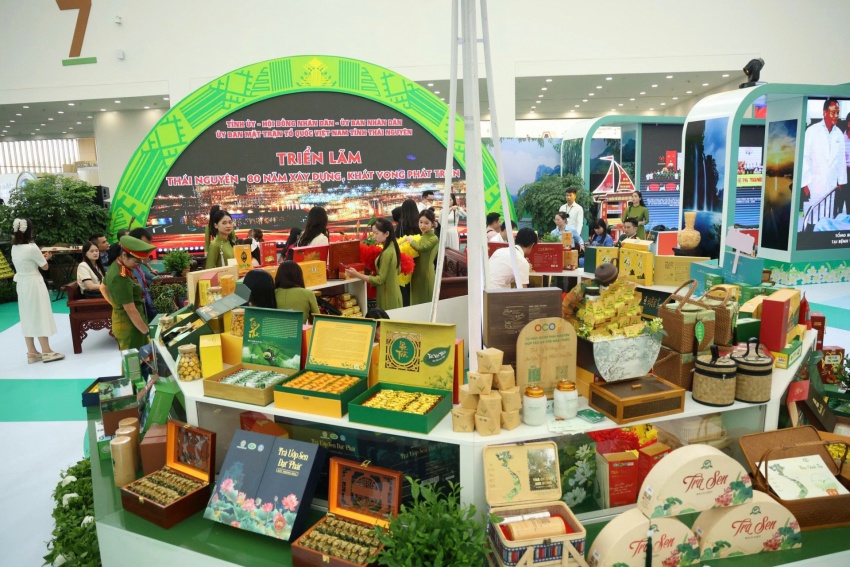 Thai Nguyen specialities at the 80th National Day exhibition from August 28 to September 15 Mobilising all resources for growth
Thai Nguyen specialities at the 80th National Day exhibition from August 28 to September 15 Mobilising all resources for growth
The digital economy and digital transformation are expected to become new growth drivers. Thai Nguyen ranked in the top three nationwide for the share of digital economy value in regional GDP during 2020-2024, with digital economy revenues exceeding VND711 trillion ($28.4 billion) last year.
The province has completed the implementation of e-invoices generated from POS systems at all 936 enterprises and business households. It also boasts 107 “markets 4.0” (cashless markets) and ATM and POS systems across the province. Over 1.8 million clean payment accounts and 513,000 Mobile Money users have been recorded.
E-government is being aggressively deployed. By the end of 2025, Thai Nguyen will complete the construction of its 3.0 Digital Government Architecture, 1022 information system, unified digital ID system, digital maps, an AI camera surveillance network, and 5G-4G coverage across all residential areas, healthcare centres, and schools.
In the industrial-consumer-service and trade sectors, the industrial production index rose 6.35 per cent in the first quarter, still modest, but total retail sales and consumer service revenues surged by 22.7 per cent to VND22.6 trillion ($904 million), affirming strong domestic demand.
The services sector grew by 11.03 per cent, contributing 3.43 percentage points to the first quarter’s regional GDP growth. Wholesale and retail grew by 10.5 per cent, accommodation and food services by 18.8 per cent, and transport and warehousing by 17.7 per cent.
The province is shifting from traditional agriculture to high-tech and organic agriculture, especially with its key product, Thai Nguyen tea, aiming for $1 billion in export revenue in the near future, alongside trade promotions, national branding, and regional raw material links.
Tourism is being developed sustainably and in depth, combining cultural, historical, and ecological aspects. Key attractions include Nui Coc Lake, Thai Nguyen tea culture, ATK Dinh Hoa relics, and Dinh Cuong artillery hill. In the first half of 2025, the province welcomed over 1.1 million visitors, generating over VND800 billion ($32 million) in tourism revenue, up more than 35 per cent on-year.
Social welfare – human development – sustainable poverty reductionThe province has completed the elimination of makeshift and dilapidated housing for 6,953 households, underscoring its commitment to basic welfare. The current multidimensional poverty rate is 1.87 per cent only, lower than the national average and continuing to decline each year.
Efforts are also focused on improving healthcare and education by upgrading 18 district medical centres and 112 national-standard commune health stations. Vocational training and digital transformation in health and education, especially with 5G deployment in hospitals, schools, and residential areas, are laying the foundation for a high-quality workforce, aligned with new industrial trends and the digital era.
Provincial leaders have reaffirmed the spirit, saying, “Unmet targets must be completed, and achieved targets must be improved on in quality and efficiency.” This has been a clear direction from the start of the term and is gaining further momentum in its final year.
According to Thai Nguyen's 2025 economic growth scenario, the targets include regional GDP growth of 8.5 per cent, a 10 per cent increase in industrial-handicraft production value, a 3.5 per cent increase in agriculture-forestry-fisheries, 9 per cent export growth, VND23.1 trillion ($924 million) in budget revenue, annual GDP per capita reaching VND132 million ($5,280), and reducing poverty to below 0.8 per cent.
To achieve this, Thai Nguyen is strictly implementing central government resolutions on digital transformation, science-technology, the semiconductor industry, private economy development, foreign direct investment utilisation, global supply chain shifts, and the promotion of green, circular, and high-tech economies.
With high political determination, a clear strategy, and a strong momentum for reform, Thai Nguyen is fully capable of achieving double-digit growth, seizing opportunities in the new era, and affirming its position as one of northern Vietnam’s most dynamic growth regions.
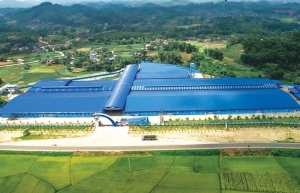 Thai Nguyen proactive in its green growth journey
Thai Nguyen proactive in its green growth journey
Thai Nguyen province in Vietnam’s northeast is making strides to expedite socioeconomic development hand-in-hand with green growth.
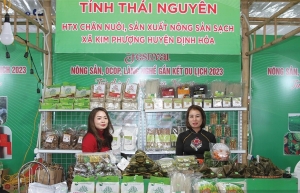 Thai Nguyen gives firm backing for SME development
Thai Nguyen gives firm backing for SME development
Small- and medium-sized enterprises in the northern province of Thai Nguyen are being given efficient support to enhance self-reliance and develop sustainably.
 Thai Nguyen shows what it takes to reach 2024 goals
Thai Nguyen shows what it takes to reach 2024 goals
Thai Nguyen province has secured inspiring growth indexes in the first half of this year, laying firm groundwork to reach full-year targets.
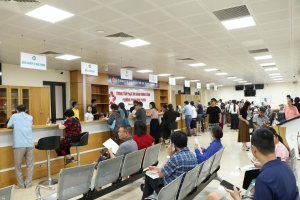 Post-merger Thai Nguyen sets bold path towards industrial and regional leadership
Post-merger Thai Nguyen sets bold path towards industrial and regional leadership
Thai Nguyen’s merger with Bac Kan marks a strategic shift, unlocking vast development potential and setting the province on course to become a dynamic industrial and urban hub in northern Vietnam.
